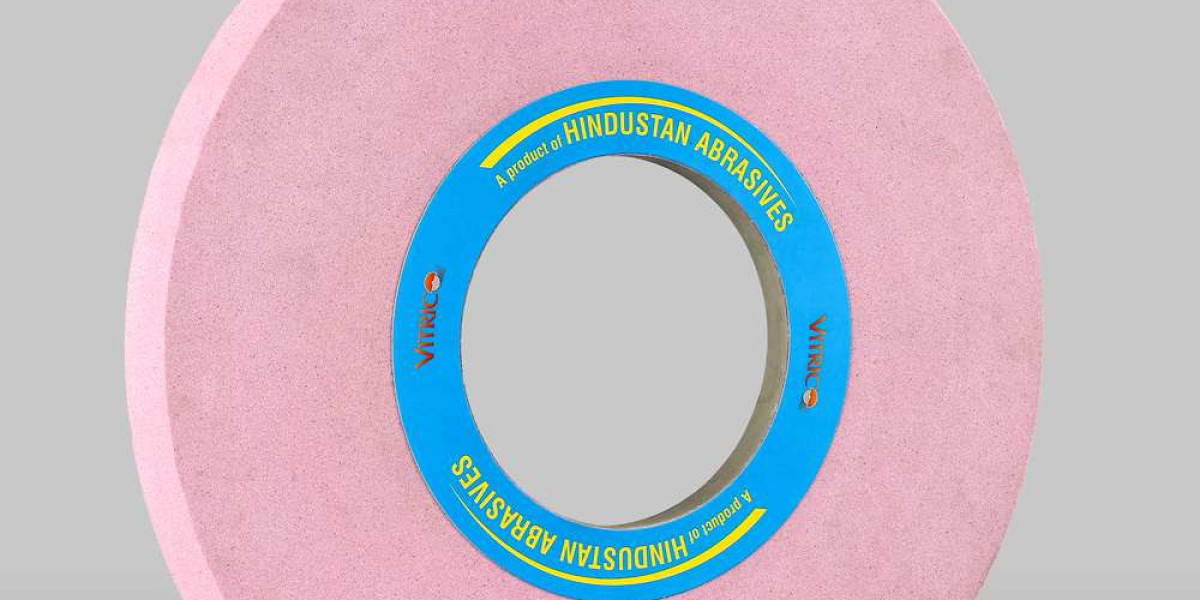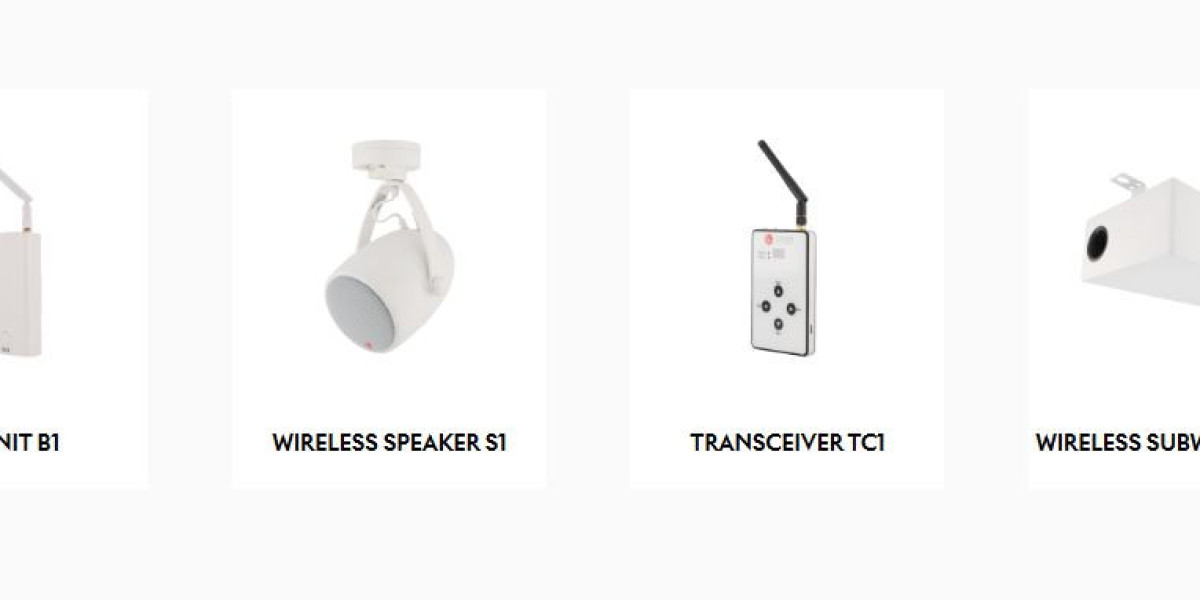When it comes to achieving precision flat surfaces, surface grinding wheels are the go-to tool across manufacturing, engineering, and fabrication industries. These wheels play a vital role in refining the finish and dimensional accuracy of components, especially in applications where perfection is non-negotiable.
Whether you’re an industrial buyer, workshop owner, or engineering student, this detailed guide will walk you through everything about surface grinding wheels – from what they are and their types to usage, benefits, and how to choose the right one.
What is a Surface Grinding Wheel?
A surface grinding wheel is an abrasive disc mounted on a surface grinding machine to remove small amounts of material from flat surfaces. The wheel rotates at high speed and brings the abrasive grains into contact with the workpiece, creating a precise and smooth finish.
These wheels are primarily used on:
Metals (steel, cast iron, aluminum)
Ceramics
Glass
Plastics
Each grinding wheel is made from:
Abrasive grains (such as Aluminum Oxide, Silicon Carbide, Diamond, or CBN)
Bonding material (Vitrified, Resin, Metal)
Pores that allow chips to escape and coolant to flow
Key Applications of Surface Grinding Wheels
Surface grinding wheels are used across a range of industries for tasks like:
Precision surface finishing
Tool and die sharpening
Flat surface preparation
Removing scale or rust
Grinding hardened parts like bearings and shafts
Industries include:
Automotive
Aerospace
Machine tool manufacturing
Metal fabrication
General engineering













